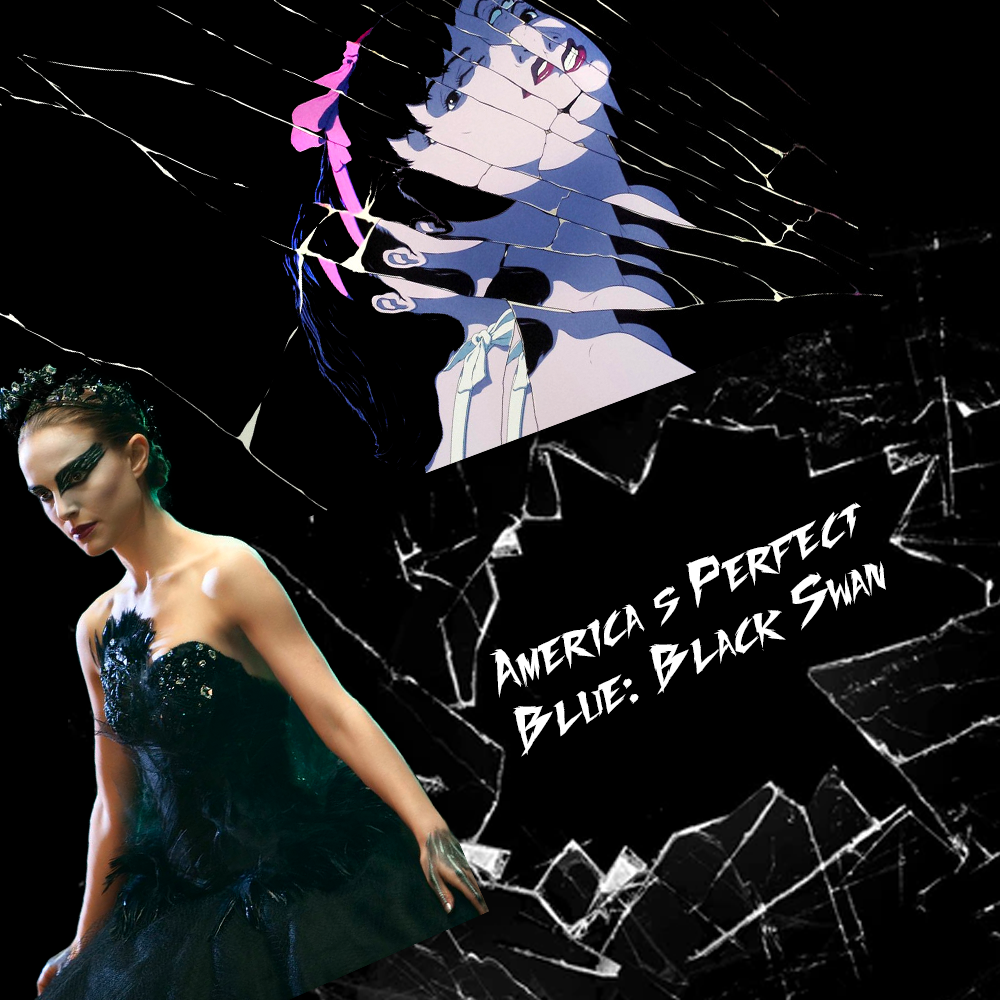Please visit response.fsu.edu for official FSU updates and resources.
America's Perfect Blue: Black Swan

Like all cinema worth watching, Black Swan is an amalgamation of inspirations from the wide world of cinema. Without a doubt, the most notable inspiration comes from one of the most tragically short-lived artists in Japanese cinema, Satoshi Kon, and more specifically, his debut feature film masterpiece Perfect Blue.
But, before delving into celebrating the executions and going into the artistic intentions of the films, there’s a controversial element to be discussed. A decades-long ongoing debate on whether or not Black Swan director Darren Aronofsky “ripped off” Kon rather than just the homage Aronofsky claims it has always been. This debate deserves acknowledgment, just so the elephant in the room isn’t ignored, but on that same token, the conversation does not fit into the scope of this mini-retrospective of the films.
That being said, both films share a lot of common ground, particularly psychological horror works that derive their narrative throughlines via taking their female artist protagonists through a gauntlet of perspectives. All of which are meant to tear down their image and mold them into what their industry's figureheads deem to be exceptional.
Anime classic Perfect Blue (1997) chronicles Mima Kirigoe and her turbulent transition from J-pop star to actress while dealing with a homicidal stalker. All framed within an abstract, hallucinatory, and spiraling period of mental breakdowns. Black Swan (2010) is the tale of ballerina Nina Sayers perfecting the dual role of the Swan Queen under the direction of a predatory and manipulative director in her professional life, and an obsessed and violently controlling mother in her home life. All framed within an abstract, hallucinatory, and spiraling period of mental breakdowns.
Both films rely on symbolic imagery derived from their fields to instill a sense of dread and offer commentary on an artist's relationship with their audience. The bleeding and bone-crushed feet of ballerinas make a point to expose the pain behind the beauty. The supernatural and identical clones of J-pop idols make a point of how discardable the humans of the mass entertainment industry are. Mirrors, alternate personas, and an unreliable main character are staples of both films. That being said, the psychosexual elements are the standouts here. Nina and Mima are seen by leering eyes as having a repressed and tame sexual nature, and that’s that is exploited by their fields for the sake of making the art more enticing and the audience more engrossed. This systematic plucking of these people's humanities is a large part of why so many relate to these characters and empathize with their pain. It's important and daring to portray the reality behind the glamor of performance art.
If viewing Black Swan as a fan or first-time admirer at all entices you to seek out more cinema of its same ilk, there is no better place than the forefather of it, Perfect Blue, not only for its similarities to Aronofsky's twisted ballet, but as one of the prime starting-off points for delving into world cinema, and Kon- a generational talent.
Writer: Tony Molina
Artist: Solymar Estrella



